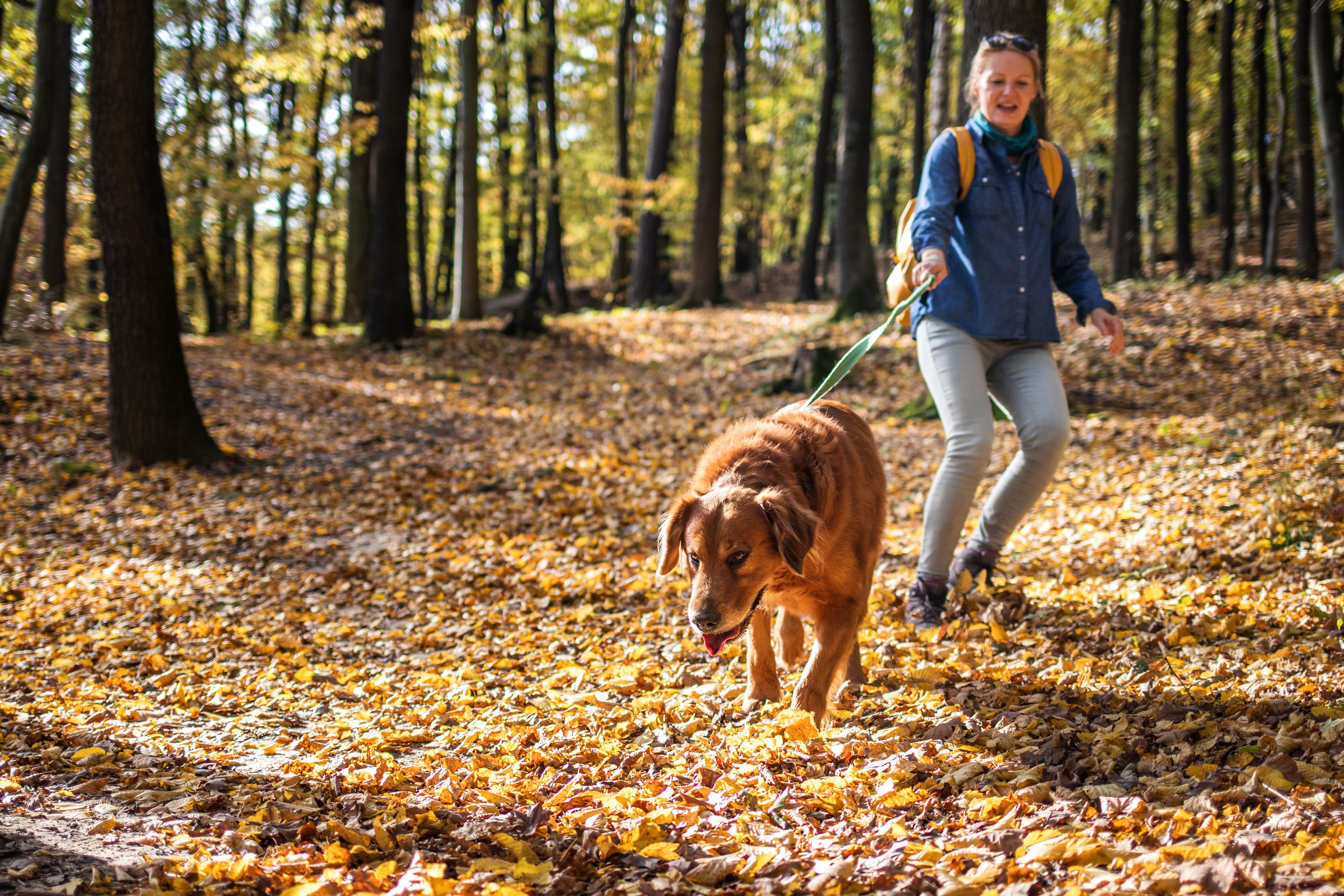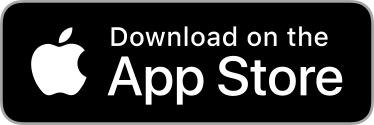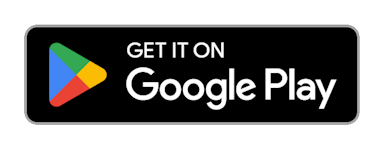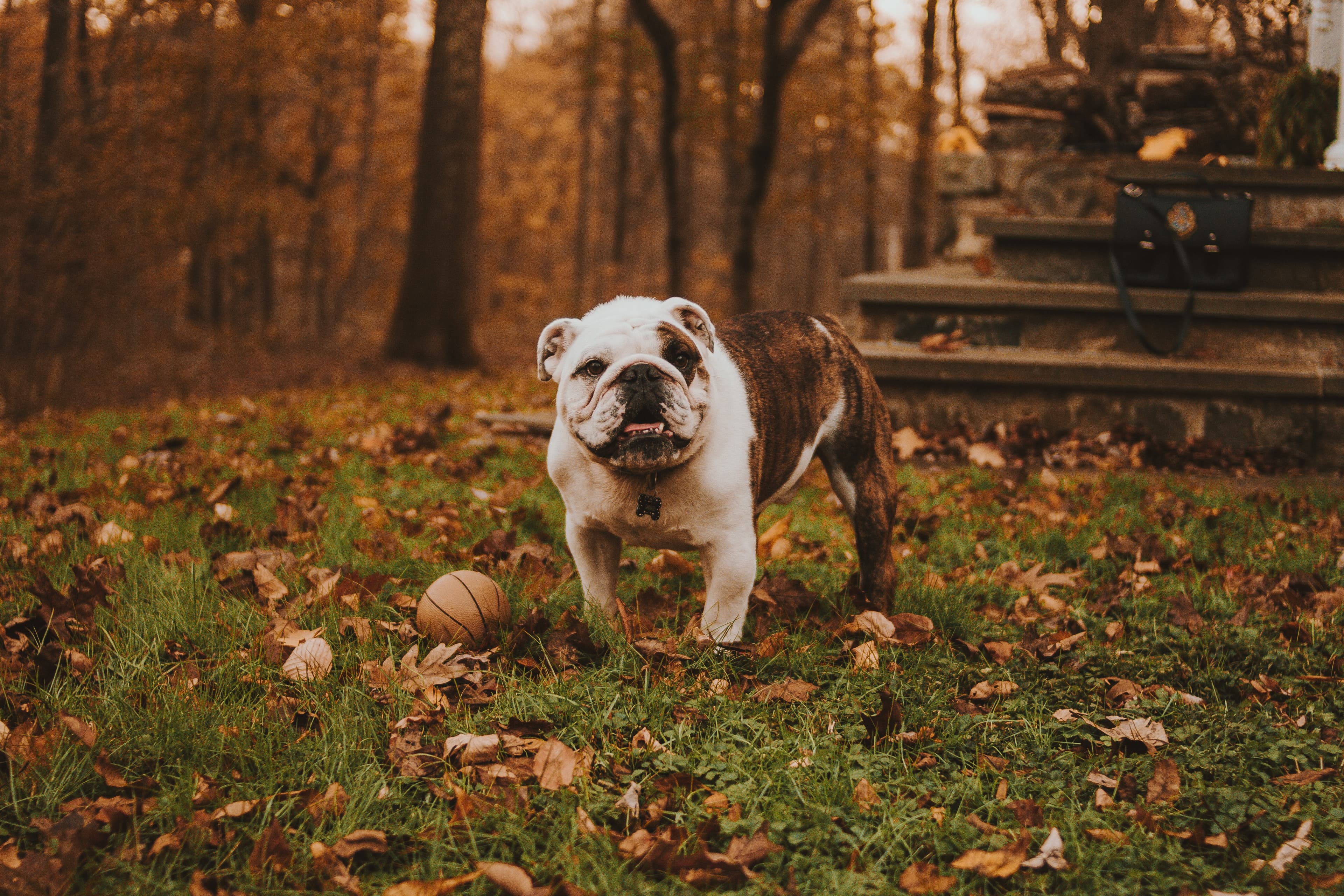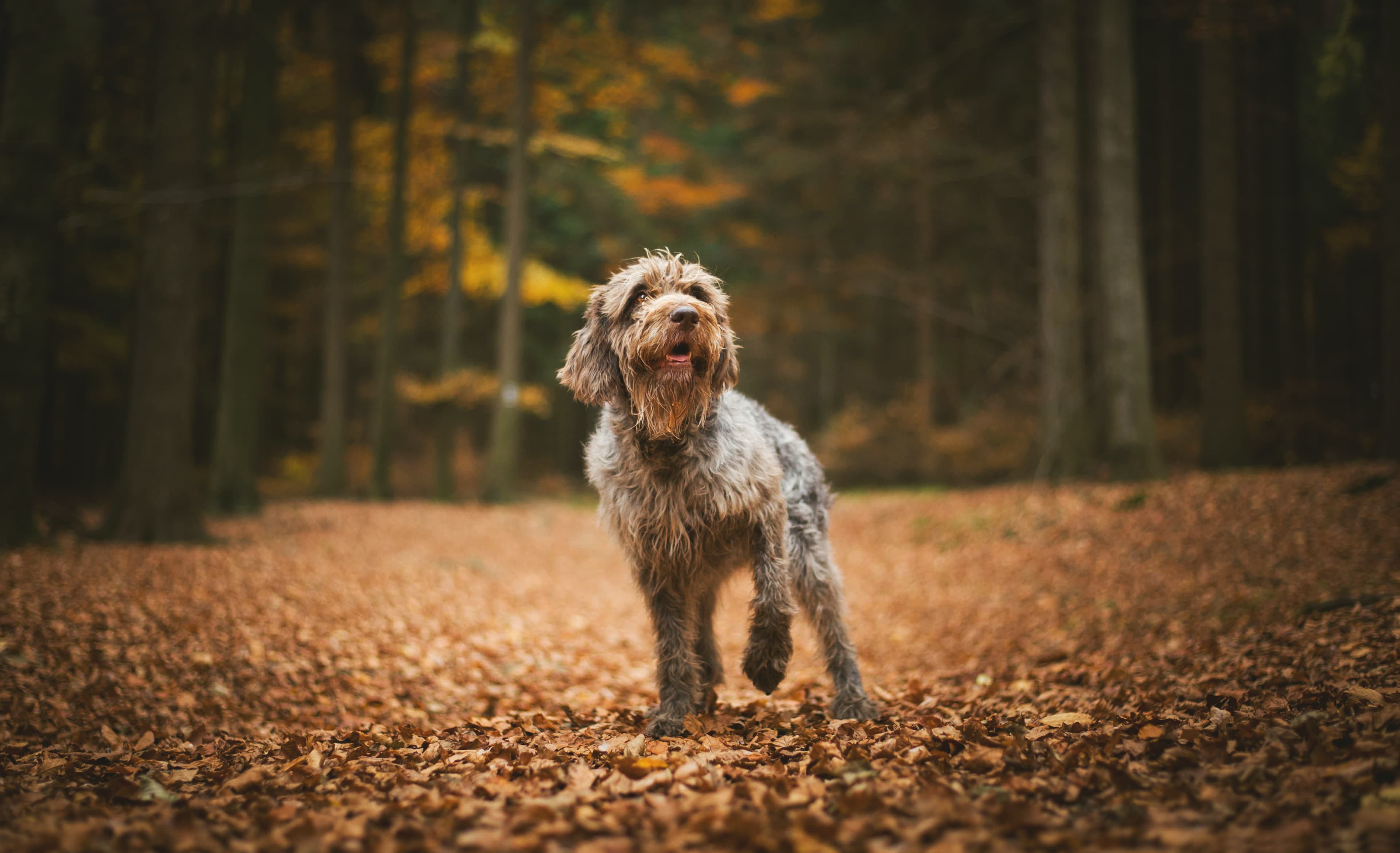What to do if your dog pulls on the leash
Do you have a dog that pulls on the leash today? Then here are some well-chosen words to hopefully make your walks a little easier.
Patience when your dog pulls on the leash
Start by accepting the situation. It's no wonder your dog pulls on the leash, it's just not a natural thing to walk on a leash. If your dog has been pulling on the leash for a long time, it's good to know that this training will probably take some time. So think of it as a journey that you are taking together, towards a common goal.
Create the conditions for leash training
It's not just your own frame of mind that needs to be right, but of course the dog's too. It may be a good idea to start by practising something that will get your dog calm and focused before you go out, such as search or contact exercises. It's also a good idea to walk your dog before it's time to get started. Let your dog burn off some energy before you start training and you'll be in a better position. Your own state of mind is just as important. If you're having a bad day, hungry, grumpy or irritable as we all can be at times. On those days, it may be better to skip training. A poorer mood often means poorer patience. And if there's one thing you need when leash training, it's patience! Remember that jerking the leash, beating or anything unpleasant has no place during training, or any other time for that matter. Also, leave your mobile phone and headphones in your pocket so you can keep your full focus on your dog while you train.
Reward in abundance
You should always reward desired behaviour. In this case, a slap on the leash is cause for reward. If the dog is about to, or has started to, pull on the leash, do not reward. Rewarding can mean many different things, it all depends on what works for your dog. It could be treats, or playtime, or a toy. Always make sure you have your reward ready in your pocket so you can quickly reward your dog. At the same time, show your dog that you are the most fun you can be. It should be fun for your dog to be near you.
What should I do when my dog pulls away?
When your dog starts to pull on the lead, which it most likely will, you should stop and wait for your dog to make contact with you again. Ideally, we don't want this to happen, so it's super important that you practice the "Yield on Leash" and "Reward Zone" exercises, which you can find here.
Various equipment for training
You won't always have the energy to train, so it's a good idea to use different equipment that means "do what you want" and "let's train on a leash". It is beneficial to use an ergonomic harness when your dog is allowed to do as it pleases on the walk and a soft, wide collar when you are leash training, or different harnesses for different situations. You can also benefit from using a longer leash when your dog is free to do as it pleases. Then the situations will look completely different for your dog and it won't affect your training as much. This is a way for you to be able to take your dog out without training every time. That being said, you will get there faster if you only do leash training and don't vary.
Make walking fun
By being exciting and unpredictable on walks, you build your relationship. You shouldn't see the walk as something you have to do just to get the dog to pee. Let the dog search for a treat once in a while, play around and take a walk you don't usually do, vary! Sitting on a bench and just cuddling for a while and talking to the dog will also strengthen your bond. Most importantly, have fun!
Also remember to practice eye contact, rewarding your dog whenever he seeks your gaze during the walk. Also remember never to jerk your dog's leash, curse or get angry and irritated. It will only worsen your relationship. The key is to have fun together, and accept that the dog won't always do exactly what you want.
